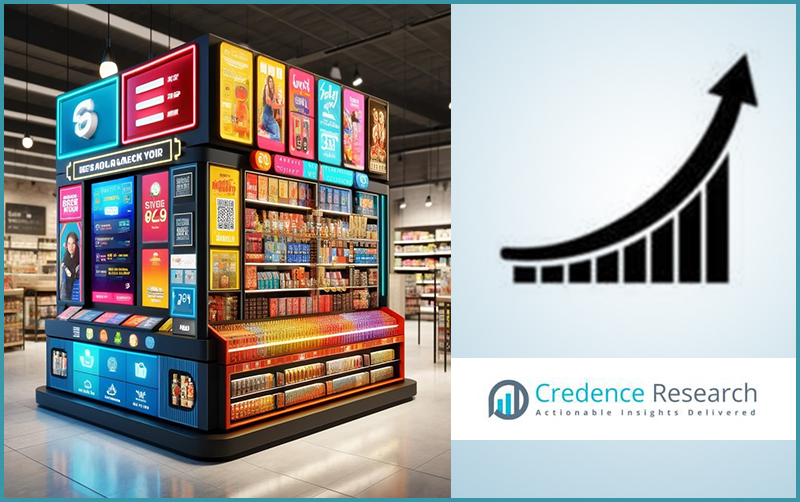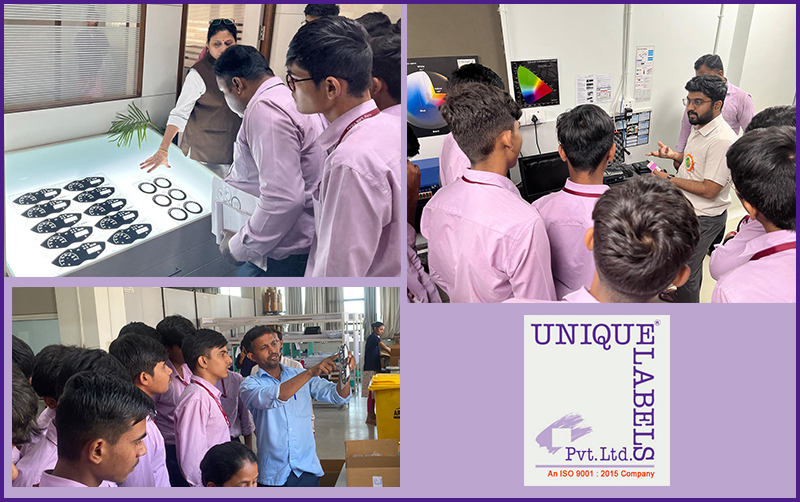
Point of Purchase (POP) Display Market To Reach USD 30,482.16 million By 2032: Credence Research
11 April 2025: Point of Purchase (POP) Display Market is witnessing substantial growth, driven by evolving retail strategies and increasing brand competition. As companies seek innovative ways to capture consumer attention, POP displays have become a vital component of in-store marketing, enhancing product visibility and influencing purchasing decisions. The rise of organized retail, particularly in emerging markets, is further propelling demand for these displays. Technological advancements such as digital and interactive POP displays are also transforming the industry, providing brands with new opportunities to engage customers effectively.
Point Of Purchase (POP) Display Market is projected to expand significantly, from USD 14,630 million in 2024 to USD 30,482.16 million by 2032, reflecting a CAGR of 9.61% over the forecast period. This growth is fueled by the increasing adoption of POP displays across various sectors, including food & beverage, cosmetics, electronics, and pharmaceuticals. The shift toward experiential retail and omnichannel marketing strategies is further reinforcing the demand for dynamic and customizable display solutions. North America and Europe remain key markets, supported by high retail penetration and a strong focus on brand differentiation, while Asia-Pacific is emerging as a lucrative region due to expanding retail infrastructure and rising consumer spending.
Key Growth Determinants
Rising Demand for Retail Merchandising and Brand Differentiation
The increasing need for effective in-store marketing strategies is a primary driver of the Point of Purchase (POP) Display Market. As brands compete for consumer attention, retailers are leveraging visually appealing and strategically placed POP displays to enhance product visibility and drive impulse purchases. The rapid expansion of organized retail, particularly in emerging markets, is further fueling demand. Additionally, the adoption of digital and interactive displays is transforming traditional merchandising, offering brands innovative ways to engage shoppers and influence purchasing behavior.
Technological Advancements and Customization Trends
Integration of advanced display technologies, such as digital screens, augmented reality, and motion-sensor displays, is significantly boosting market growth. Brands are increasingly investing in customized and interactive POP displays that enhance customer engagement and improve sales conversion rates. The demand for modular and reusable displays is also rising, allowing retailers to adapt marketing campaigns dynamically. These innovations are not only improving consumer experience but also driving higher returns on marketing investments.
Growing Preference for Sustainable and Eco-Friendly Displays
The shift toward environmentally sustainable retail solutions is shaping the POP display market, with brands and retailers prioritizing eco-friendly materials like recycled paper, biodegradable plastics, and sustainable wood. Stricter environmental regulations and increasing consumer awareness of sustainability issues are encouraging manufacturers to develop greener display solutions. This trend is expected to accelerate as companies align their retail strategies with global sustainability goals and corporate social responsibility initiatives.
Expansion of E-commerce and Omnichannel Retailing
While traditional brick-and-mortar stores remain the primary users of POP displays, the integration of omnichannel strategies is creating new opportunities for market expansion. Retailers are leveraging in-store displays to complement digital marketing efforts, offering seamless shopping experiences that connect physical and online channels. The rise of direct-to-consumer (DTC) brands and e-commerce-driven experiential retail is further driving demand for innovative and immersive in-store displays, ensuring continued market growth.
www.credenceresearch.com






